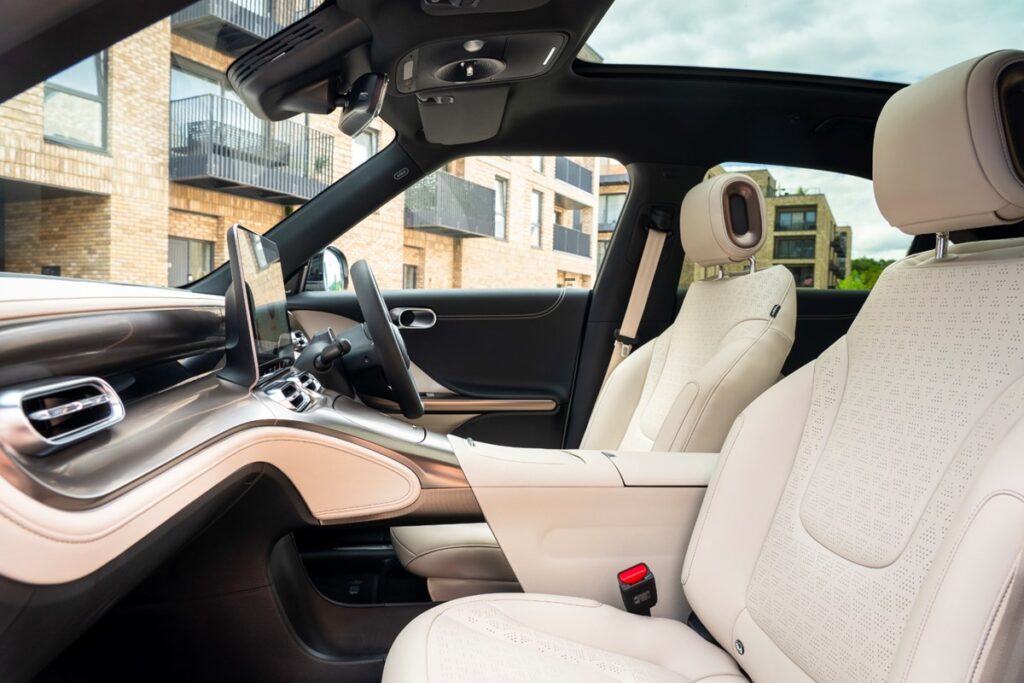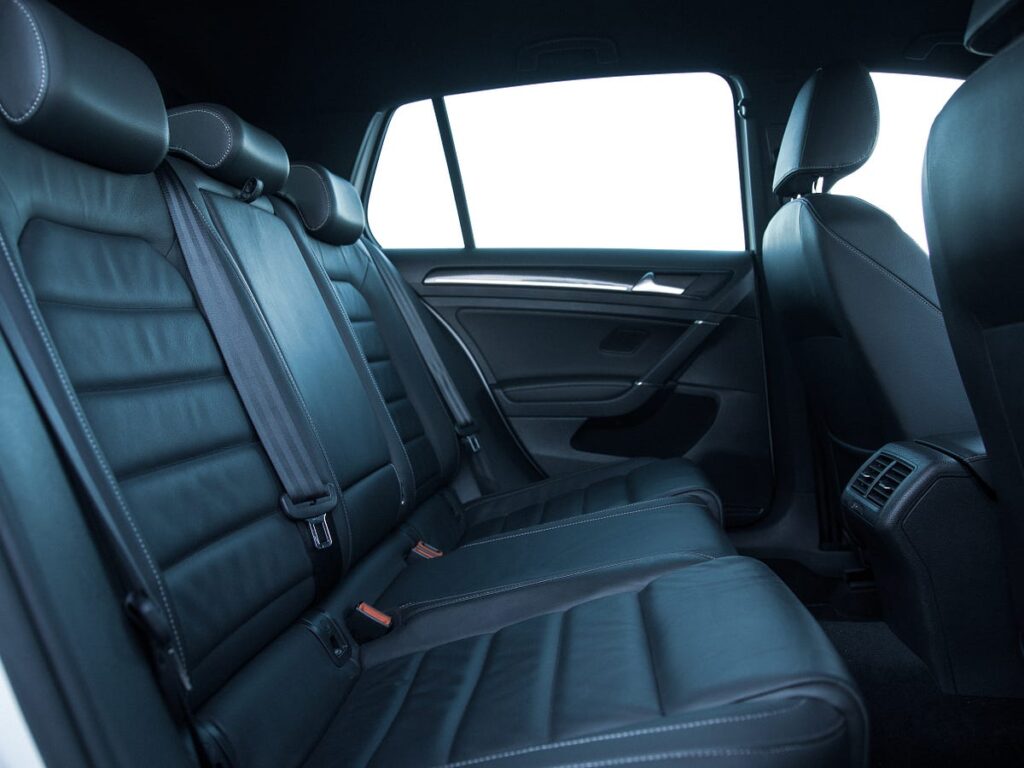In the realm of modern transportation and furniture design, smart seats represent a significant advancement in both comfort and technology. These innovative seating solutions integrate cutting-edge technologies to enhance user experience, optimize comfort, and provide a range of intelligent features. From automotive seats with built-in massage functions to office chairs equipped with posture correction sensors, smart seats are revolutionizing the way we sit and interact with our surroundings. This article explores the evolution of smart seats, their key features, and the benefits they offer in various applications.
Evolution of Smart Seats
Smart seats have evolved from traditional seating designs to incorporate advanced technologies that cater to users’ needs and preferences. The development of smart materials, sensors, actuators, and connectivity solutions has paved the way for the integration of intelligent features into seats across different industries.
Automotive Sector
In the automotive sector, smart seats have become standard offerings in luxury vehicles, offering a range of comfort and convenience features. These include adjustable lumbar support, heating and cooling functions, and memory settings that automatically adjust seat positions based on driver preferences. Some high-end models even feature massage functions, ventilation, and active bolsters that provide additional support during cornering.
Office and Workspace Environment

In office and workspace environments, ergonomic seating solutions are essential for maintaining employee health, productivity, and well-being. Smart office chairs incorporate sensors and actuators to provide real-time feedback on posture and sitting habits. These chairs can detect when users are slouching or sitting for extended periods and provide gentle reminders to encourage better posture and movement.
Home Furniture
Even in the realm of home furniture, smart seating options are gaining popularity among consumers seeking enhanced comfort and convenience. Smart recliners and sofas may feature built-in USB charging ports, integrated speakers, and adjustable headrests and footrests. Some models also offer programmable massage modes and customizable lighting options for added ambiance.
Key Features of Smart Seats
Smart seats encompass a range of features and technologies designed to enhance comfort, convenience, and functionality. Some key features include:
1. Adjustability
Smart seats offer a high degree of adjustability to accommodate users of different sizes and preferences. Motorized controls allow users to customize seat position, recline angle, lumbar support, and headrest height with the touch of a button or via smartphone app.
2. Intelligent Sensors
Embedded sensors in smart seats monitor various parameters such as pressure, temperature, and posture. These sensors provide real-time data to the seat’s control system, enabling adaptive adjustments and personalized comfort settings.
3. Connectivity
Many smart seats feature wireless connectivity options such as Bluetooth or Wi-Fi, allowing users to control seat functions remotely using smartphones or other smart devices. This connectivity also enables integration with smart home ecosystems and voice-activated assistants for seamless operation.
4. Massage and Heating/Cooling Functions
Advanced smart seats may incorporate massage modules that deliver targeted massage therapy to specific areas of the body. Heating and cooling functions provide additional comfort by regulating seat temperature according to user preferences.
5. Active Safety Features
In automotive applications, smart seats may include active safety features such as occupant detection, weight sensing, and seat belt reminders. These features enhance passenger safety and help prevent accidents by ensuring proper seating positions and restraint usage.
Benefits of Smart Seats
Smart seats offer a range of benefits for users across different applications:
1. Enhanced Comfort
The adjustable settings, massage functions, and temperature control features of smart seats provide unparalleled comfort, whether in the car, office, or home. Users can tailor their seating experience to their individual preferences, reducing fatigue and promoting relaxation.
2. Improved Posture and Health
Smart seats equipped with posture correction sensors encourage users to maintain proper posture and reduce the risk of musculoskeletal issues associated with prolonged sitting. By providing real-time feedback and gentle reminders, these seats promote better spinal alignment and overall well-being.
3. Convenience and Connectivity
Wireless connectivity options allow users to control seat functions remotely, streamlining the user experience and enhancing convenience. Integration with smart home ecosystems enables seamless interaction with other connected devices and voice-activated assistants.
4. Safety and Security
In automotive applications, smart seats contribute to occupant safety by detecting and responding to potential risks such as improper seating positions or unbelted occupants. These active safety features help prevent accidents and mitigate the severity of injuries in the event of a collision.
5. Customization and Personalization
Smart seats offer a high level of customization, allowing users to create personalized seating profiles and settings. Whether adjusting seat position, massage intensity, or ambient lighting, users can tailor their seating experience to suit their preferences and mood.
Future Trends and Innovations

The future of smart seats holds exciting possibilities for further innovation and advancement. Emerging trends in the field include:
1. Biometric Monitoring
Future smart seats may incorporate biometric sensors to monitor vital signs such as heart rate, respiration, and stress levels. This data could be used to provide personalized wellness insights and adaptive seating adjustments.
2. Sustainable Materials
With increasing emphasis on sustainability and eco-friendliness, future smart seats may utilize recycled or renewable materials in their construction. Sustainable design principles could reduce environmental impact while maintaining comfort and functionality.
3. Augmented Reality Integration
Integration with augmented reality (AR) technology could enhance the user experience by overlaying digital information and interactive elements onto the physical environment. AR-enabled smart seats could provide immersive entertainment options, virtual assistance, and contextual information.
4. Collaborative Seating Solutions
Collaborative seating solutions that promote interaction and collaboration among users are likely to gain traction in office and workspace environments. Modular seating configurations, integrated communication tools, and shared workspace amenities could facilitate teamwork and creativity.
Smart seats represent a convergence of comfort, technology, and functionality, offering users a new level of seating experience across various applications. Whether in automotive, office, or home environments, smart seats provide enhanced comfort, convenience, and connectivity through advanced features such as adjustability, intelligent sensors, massage functions, and connectivity options. As technology continues to evolve, the future of smart seats holds exciting possibilities for further innovation and customization, shaping the way we sit and interact with our surroundings in the years to come.
